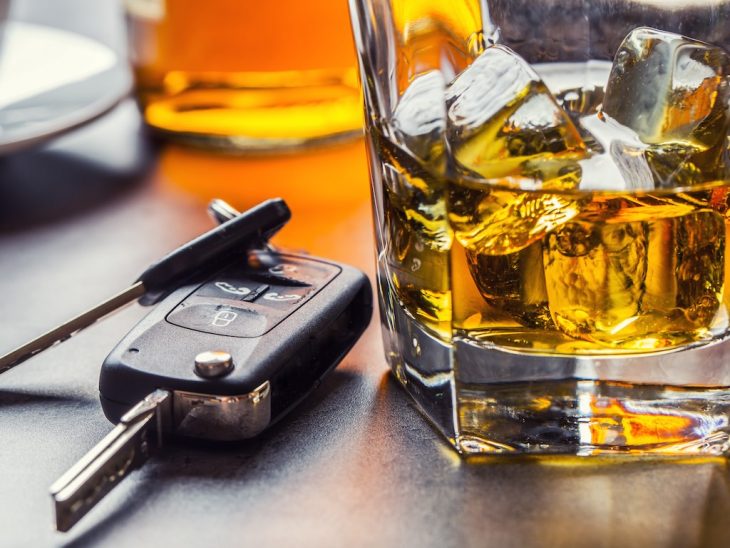A smarter package of measures is essential to help end the ongoing plateau in drink-drive casualty and fatality figures.
So says IAM RoadSmart as latest Department for Transport (DfT) figures show drink-drive related deaths have plateaued for eighth consecutive year while the total number of crashes has actually risen 3% in the last 12 months.
According to final estimates on personal injury drink drive accidents in Great Britain for 2018, 240 people died in crashes where at least one driver was over the drink-drive limit, down from the central estimate of 250 for 2017 but similar to levels seen since 2010.
An estimated 8,680 people were killed or injured when at least one driver was over the drink-drive limit, an increase of 1% from 8,600 in 2017. That means on average more than 23 people a day were killed or injured as a result of drinking and driving, in 2018.
And the total number of crashes where at least one driver was over the alcohol limit rose by 3% to 5,890 in 2018, an average of around 16 crashes a day.
IAM RoadSmart says the figures show drink-drivers are not getting the message and has renewed its calls for a smarter package of measures from the Government to tackle the issue. These include a further lowering of the drink-drive limit in England and Wales to match Scotland, wider use of drink-drive rehabilitation courses, longer running high-profile education and enforcement campaigns and also, following the example of Scotland, by seizing the vehicles of repeat offenders.
Neil Greig, director of policy and research at the road safety charity, said: “Once again progress on reducing the toll of death and injuries from drink-driving has stalled.
“There is no one simple answer to reducing these figures, but at IAM RoadSmart we believe a much smarter package of measures is needed from the Government including a lower drink-drive limit to reinforce good behaviour, fast-track of evidential roadside testing machines to release police resources and tailored approaches to help drivers with alcohol problems.
“Rehabilitation courses work and we believe all those convicted of drink-driving should be sent on one automatically rather than having to opt in. More use of alcohol interlocks – which require the driver to blow into a mouthpiece on the device before starting or continuing to operate the vehicle – and extra penalties such as vehicle forfeiture, as used in Scotland, could all be part of a more joined-up approach to the problem.”
Overall drink-driving accounted for 5% of collisions in Great Britain. The highest number of casualties, nearly 7%, due to drink-driving occurred in Wales, followed by England and Scotland at around 5% each. Regionally, in England, casualty rates varied from nearly 8% in the East Midlands to nearly 4% in Greater London.
In 2018, 80% of drink-drive related casualties involved male drivers or riders. Almost two thirds of drink-drive casualties (63%) are aged 25 to 59 but around a quarter (24%) involve people aged 16-24. In both age categories, the casualty rate is higher in drink-drive related collisions than other collisions types.
Neil Greig concluded: “Hard-core drink drivers are simply not getting the message, and these figures will not improve until policy changes.”
The full report from DfT can be found here.











































